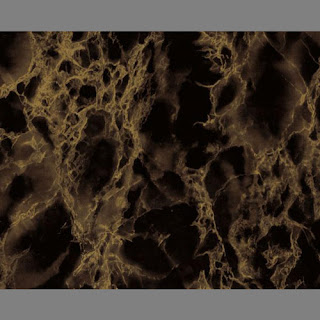Russ's Question No 1
1. When puttying windows, do you have to angle the putty up to the glass, or can it be laid flat like filling-in cracks with filler on skirting-boards etc ?
ANSWER
The putties need to be angled to allow the rain water to run off.
Russ's Question No 2
2. On new windows sometimes they arrive at the clients as so called pre-primed, though they still show as natural wood. Can I assume that priming has been done correctly and go straight into undercoat, or do i still prime them myself ?
ANSWER
Do not assume anything.
Russ's Question No 3
3. When wallpapering and having to angle round obstacles like protruding window-sills etc how do you know at what angle to cut the paper at ? Is there a set way of cutting.
ANSWER
Push the paper right up to the side of the sill and you will see how far to cut the paper.
Russ’s question No4.
I am doing a job at present where a window-sill needed some wood-filler. All the wood is being wood-stained with 'light walnut'. The problem I have is that the filler is showing through the wood stain, how do i overcome this?
Answer.
Use ‘Brummer’ Exterior Wood Filler, it will take a stain the same as wood and choose a colour to match the wood you are decorating.
Russ’s question No5.
Preparation to wood that has been stained. I have come across a situation where external wood-paneling has been poorly prepared in the past and just had additional woodstain applied. The result is an uneven surface with a variety of shades. To what extent do i prepare this, do I need to strip back to bare wood?
Window-sills have also been a problem where patches have flaked off, even though I abrade the surface and feather it, as tutored. The result is that that area though smooth, it becomes a different shade to everything else due to applying the woodstain to different shades of wood through the preparation process. The only thing I can assume is that you need to strip the surface bare to obtain an even colour !!! So please can you explain what preparation I need to apply ?
Answer.
Wood stain stains wood through being absorbed by the wood, therefore, for the stain to work evenly all surfaces should be unpainted or stripped.

